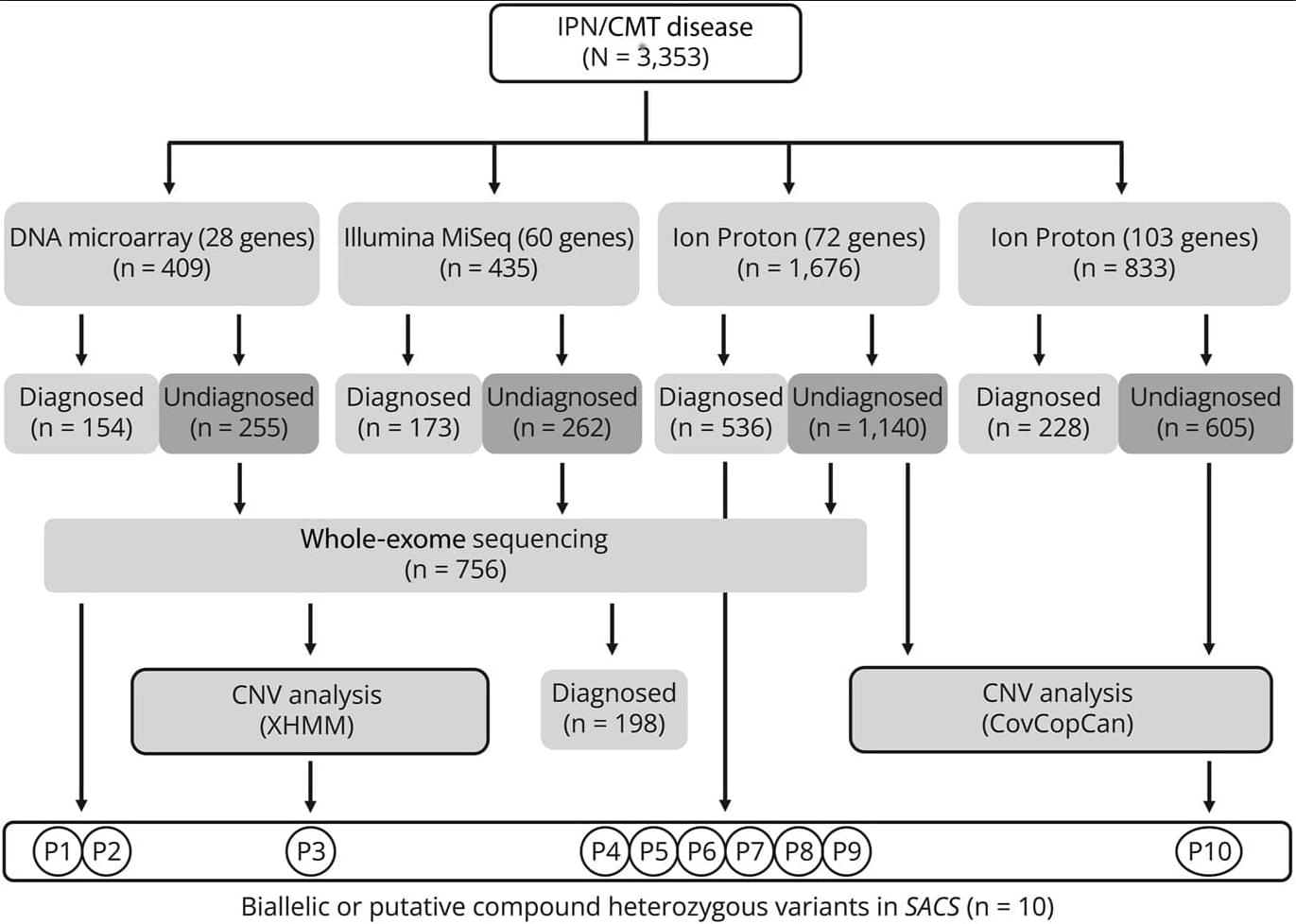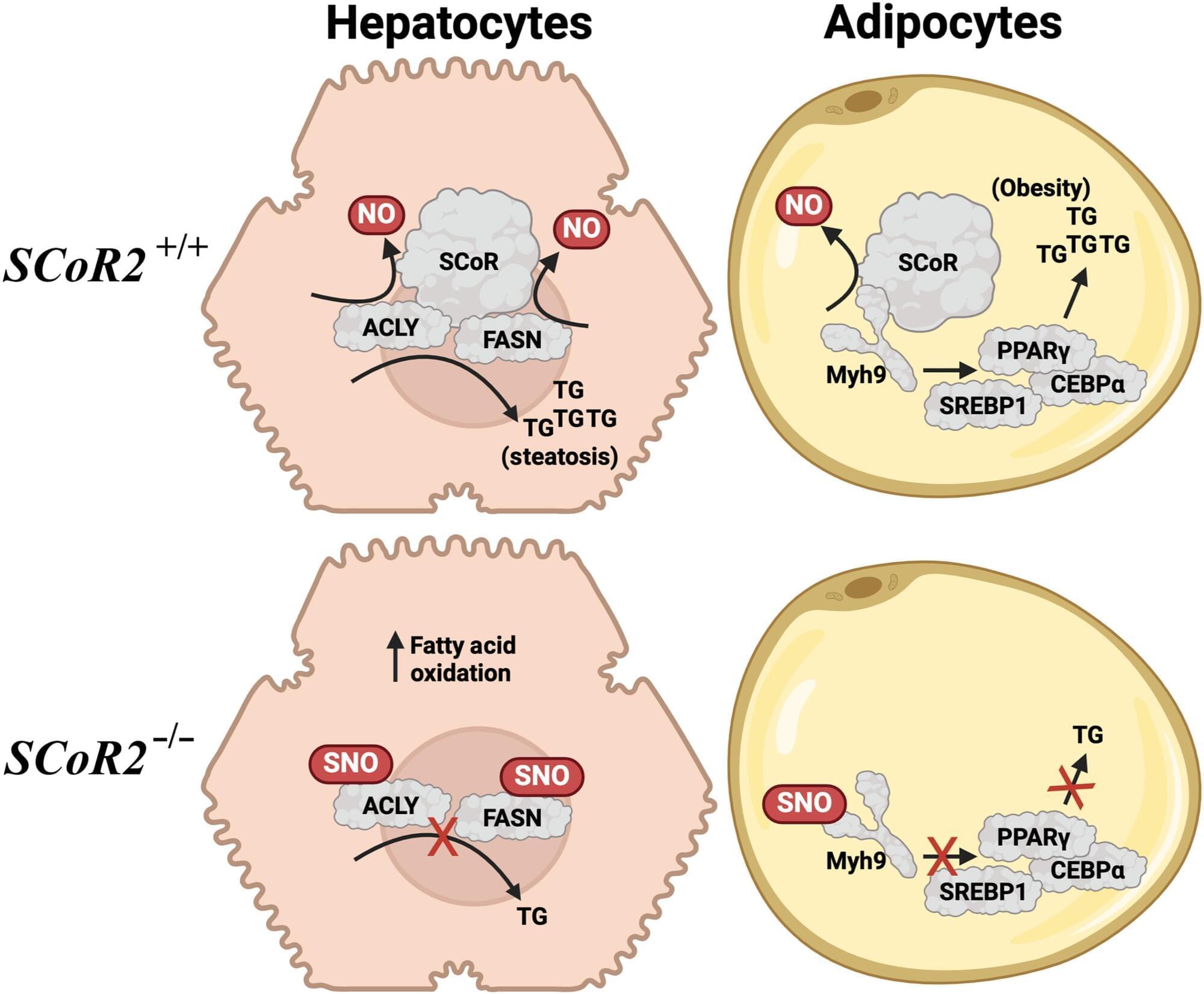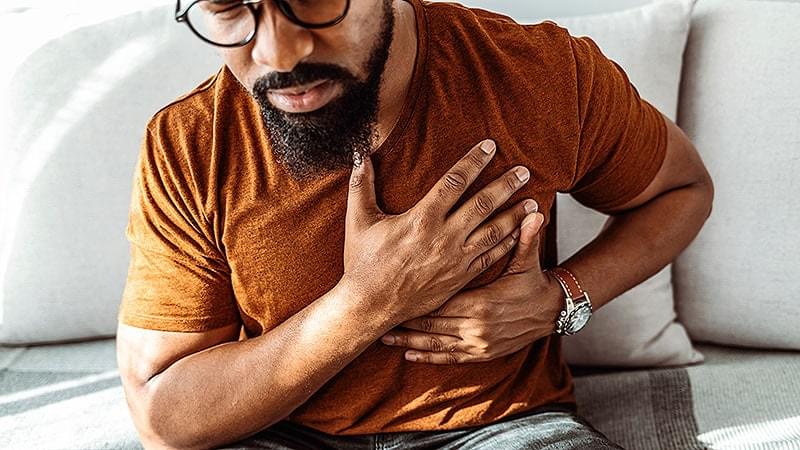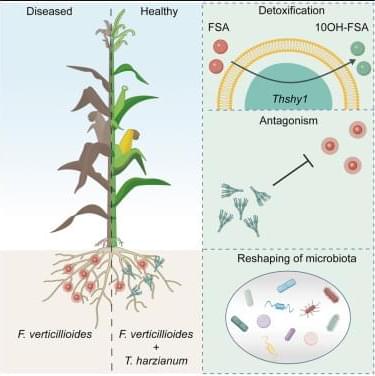Like a phoenix rising from the ashes, our skin tissue—and in fact many types of epithelial tissue that lines and covers the body’s organs—can respond to death and destruction with a burst of regeneration. This phenomenon, known as compensatory proliferation, was first described in the 1970s in fly larvae, which regrew fully functional wings after their epithelial tissue had been severely damaged by high-dose radiation. Since then, this surprising ability has been documented in many species, including humans, yet its molecular basis has remained unclear.
A new study from the Weizmann Institute of Science, published in Nature Communications, reveals that the very enzymes responsible for cellular destruction—caspases—may also render certain cells resistant to death, enabling damaged tissue not only to regenerate but even to become more resilient.
Unfortunately, this same mechanism may be hijacked by many types of cancer and may help explain why some tumors recur in a more aggressive and treatment-resistant form. The new findings could thus open avenues for therapies that speed up wound repair and help prevent cancer relapse.









